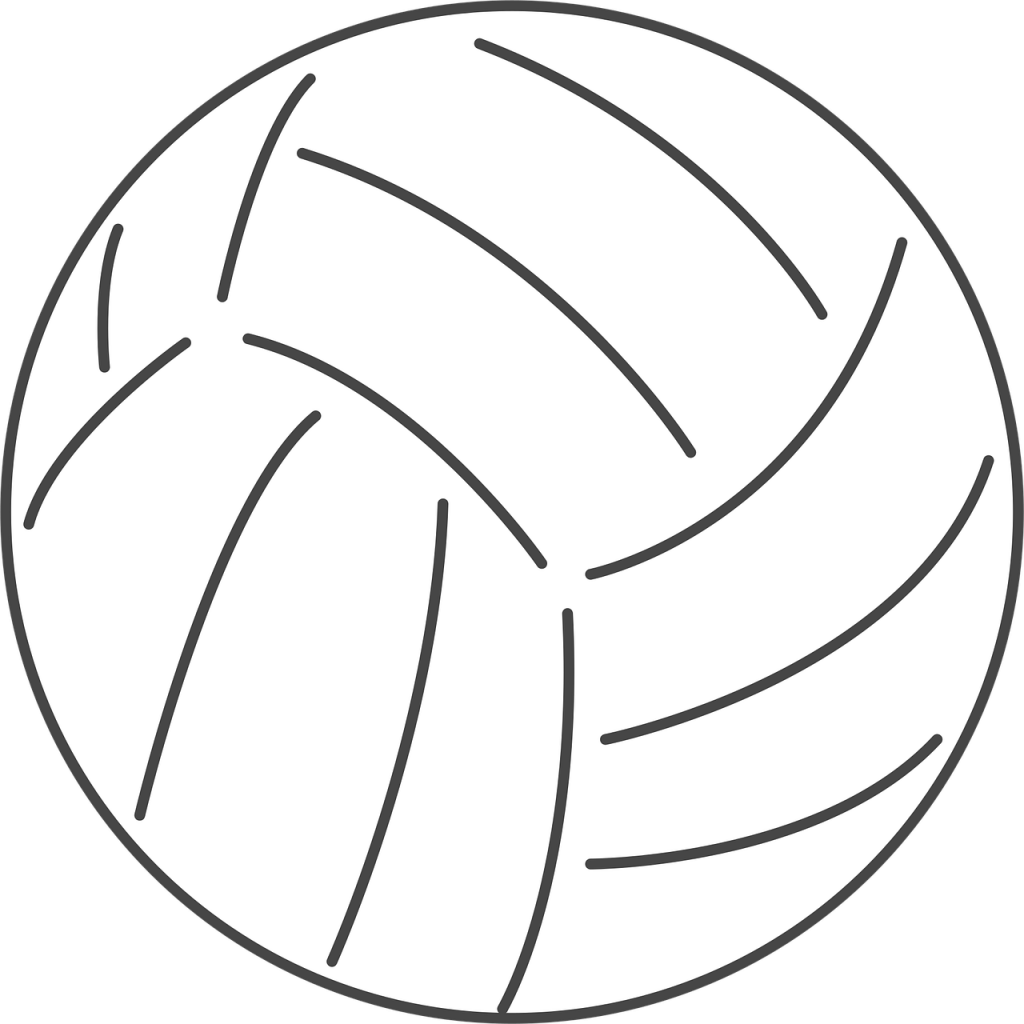What sports can teach us about staying calm in high-stakes games?
Big moments can make even steady hands shake. Picture a stoppage-time penalty or the river card. Both scenes bring pounding hearts, sweaty palms, and racing thoughts. People who hunt the best online casinos in Cyprus often visit https://www.mse.com.cy to try their luck, hoping quick spins on bright slots feel like a last-second free throw. In Cyprus, another group clicks into a casino online on this platfrom minutes before kickoff, trusting that a bit of friendly gambling will steady nerves rather than feed them. Elite athletes handle the same surge and still make clear choices. Their methods can serve weekend players, students, traders, or anyone under bright lights. Sports offer simple tools for calm that work on grass, hardwood, felt, or a glowing screen. Learn to read stress early, slow the body with breath, follow a steady routine, and move on fast after mistakes. These steps turn noise into signals and pressure into useful fuel.

Reading the Field: Noticing Pressure Before It Hits
Top players do not wait for panic; they scout it like a foe. A quarterback scans the defense before the snap, hunting signs of a blitz. A tennis ace watches body cues, noting if a rival grips the racket too tightly. Early reading buys time to adjust and choose wisely. When a person names a feeling—“I am tense,” “I am excited”—the brain’s alarm already quiets a bit. Researchers call this effect labeling, and it helps in exam halls and loud arenas alike. Spectators can train while they watch a match. Notice a knot in the stomach, give it a label, and picture a coach drawing a simple play. Treat pressure as information, not doom. Keep a tiny checklist between points or hands: pulse, shoulders, jaw. Loosen each area with one breath and a small shake. Athletes run this scan between plays; gamers can run it between clicks. Spotting stress early is like seeing dark clouds in time to shut the windows.
Breathing Like an Elite Athlete
After spotting a threat, athletes slow things down with breath. Watch a sprinter behind the blocks take one deep inhale through the nose and a long exhale through pursed lips, shoulders dropping. That pattern taps the body’s brake and settles the nervous system. Studies show that six breaths each minute can lower blood pressure and sharpen focus within sixty seconds. Anyone can reach that pace by counting to four on the inhale and six on the exhale. Basketball teams drill it in huddles, hands on knees, eyes up at the clock. Video gamers, chess players, and test takers can copy that rhythm at their desks. Add a cue to make the habit stick. Tap thumb to fingers with each breath, or speak a quiet word like “steady” on the exhale. With practice, the mind links the cue to calm and triggers it faster. Breath becomes light armor. It makes no sound, adds no weight, and helps the next choice come clean.
Building Routines to Quiet the Noise
Athletes prize routines because habits cut through chaos. Picture a hitter tugging his gloves the same way before each pitch. The motion is not superstition; it serves as a mental bookmark that says, “Focus lives here.” Coaches call these scripts pre-performance routines. They can be brief—bounce the ball three times—or longer—check the wind, set the feet, and picture a clean swing. The mind likes steady steps, so stress drops and choice speed rises. Every day, competitors can write a script that fits their task. A poker player might square chips, tidy the stack, then glance at a small charm. A student, before a speech, could sip water, roll their shoulders, and pick two friendly faces to anchor the gaze. Keep the sequence the same, even on easy days. Use it at the start, during breaks, and before key moves. Over weeks, the script becomes automatic and quiet. In a loud room or busy feed, the routine works like soft headphones.
Learning to Bounce Back After a Fumble
No matter how sound the plan, errors will appear. What separates champions from tense hopefuls is rebound speed. Coaches use the phrase “next-play speed” to name how fast a player drops a mistake and refocuses. A point guard who loses the ball claps her hands, sprints back, and sets the defense within seconds. The slip gets noted, then released. That skill protects against overthinking, a mental loop that drains energy and invites fresh errors. Build next-play speed with a short rule. Take one deep breath to mark the mistake, say a reset phrase, and lock eyes on the next cue. Choose words like “again,” “now,” or “clear.” Some teams add a quick smile or fist tap to break the spell. A smile bumps dopamine and tells the body it is safe to act. Journal after the game, so lessons live on paper, not in the head during play. Fast recovery does not hide failure. It simply denies it the microphone and gives the next move the stage.